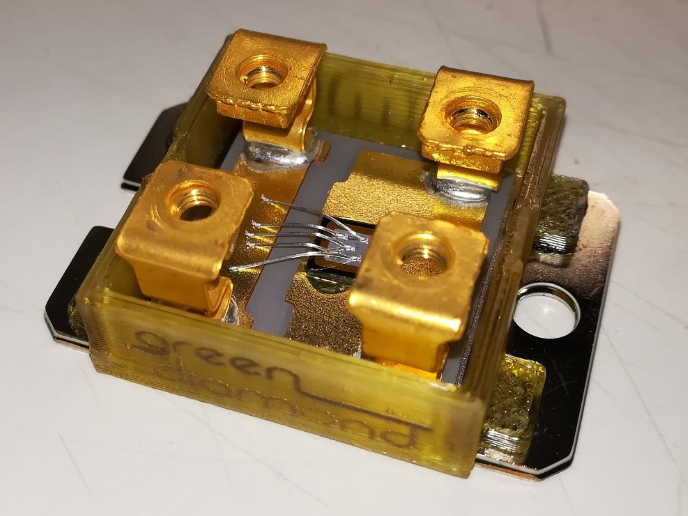Revolutionising optical communication networks
In the Information Age, the rapid growth of data traffic demands radically new approaches for high-speed data transmission – requiring an increase in bandwidth and power efficiency by orders of magnitude. Optical frequency combs, a precise tool for measuring different colours – or frequencies – of light, have the potential to also revolutionise throughput of optical communication networks. Along these lines, the generation of frequency combs in chip-sale devices represents a promising option, in particular when combined with further optical microchips that encode information on each comb line. The EU-funded ENTERAPIC project has shown the enormous potential of this approach, creating new system and device concepts for low-energy, high-capacity optical interconnects within and between data centres. ‘Optical interconnects providing multi-terabit(s) data rates are the most promising option for overcoming transmission bottlenecks in warehouse-scale data centres and world-wide communication networks,’ says project coordinator Christian Koos. At the heart of this project was the development of energy-efficient electro-optic modulators – devices that translate electrical signals into optical ones. ‘Our devices combine conventional silicon photonic waveguides with organic materials that have been optimised on a molecular level,’ explains Koos. ‘These devices are the most energy-efficient ones currently available, and they offer an attractive solution towards chip-scale terabit/s transceivers, for which power consumption is becoming increasingly crucial.’ Important achievements made During the course of the project’s work, a series of important achievements were made. With respect to electro-optic modulators, the team not only demonstrated low energy consumption, but also record-high transmission speed. In addition, novel chip-scale frequency comb sources based on electro-optic modulators, gain-switched semiconductor lasers, and Kerr-nonlinear micro-resonators were realised and experimentally tested at terabit/s data rates. To assemble all the components into a useable communication system, researchers developed the concept of photonic wire bonding. ‘Photonic wire bonding relies on 3D-printing of nanoscale waveguides – roughly 100 times smaller than a human hair,’ says Koos. ‘We came up with this idea during the project, and we were surprised to see how well it works.’ Taken together, these approaches allow researchers to realise transceiver systems with unprecedented performance and efficiency. ‘Such systems are urgently needed to put the growth of data traffic on a sustainable base,’ says Koos. Spin off company launched Following the project’s conclusion, researchers recently launched a high-tech spin-off company offering services and technologies in the area of large-large scale photonic integration. ‘Vanguard Photonics aims to exploit the breakthroughs achieved in the ENTERAPIC project, particularly as they apply to additive nanofabrication techniques for packaging and assembly of photonic integrated circuits and photonic multi-chip modules,’ says Koos. ‘As a result, we hope to serve a wide range of applications in information and communication technology, medical applications, the life sciences and industrial metrology and sensing.’







